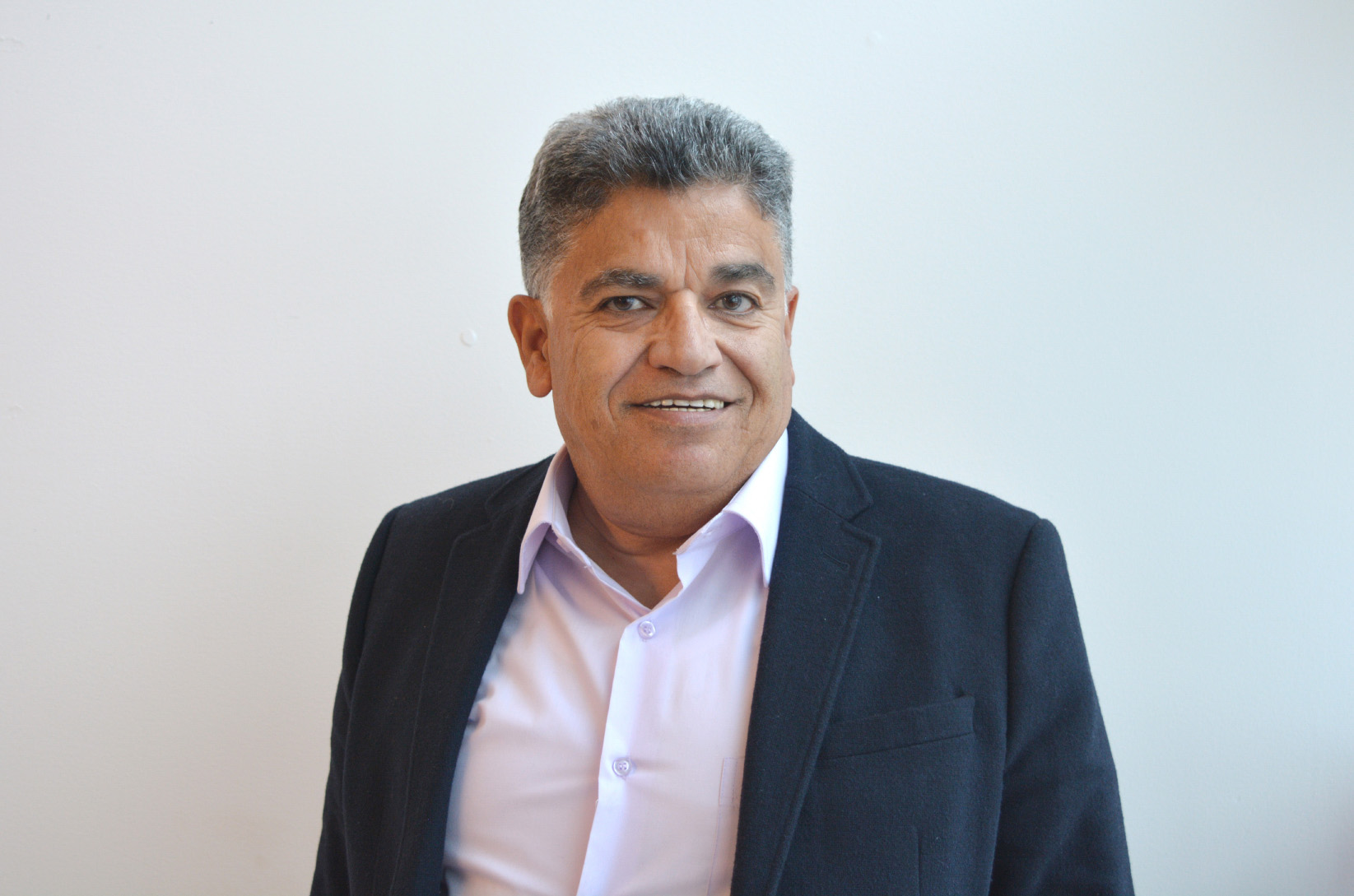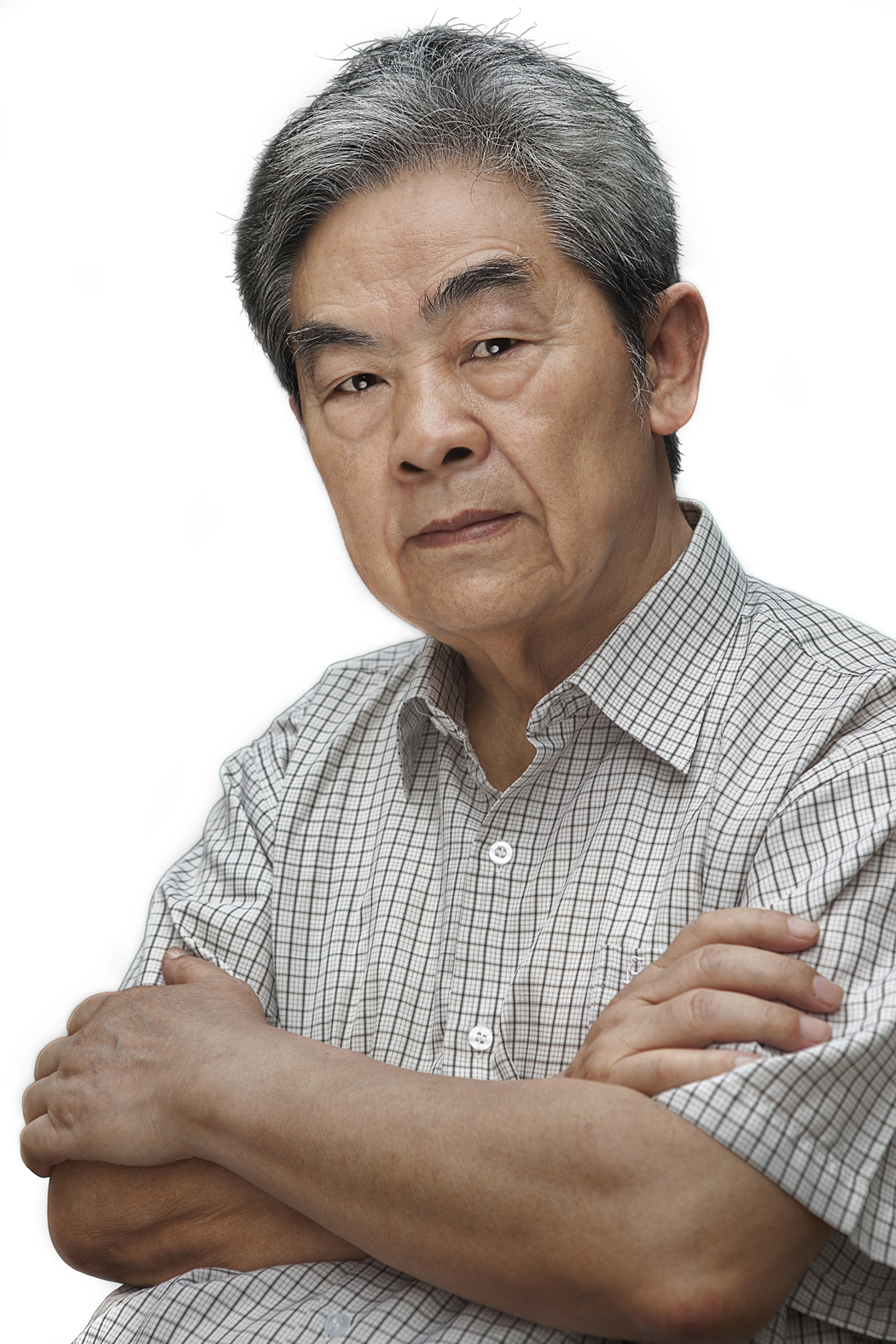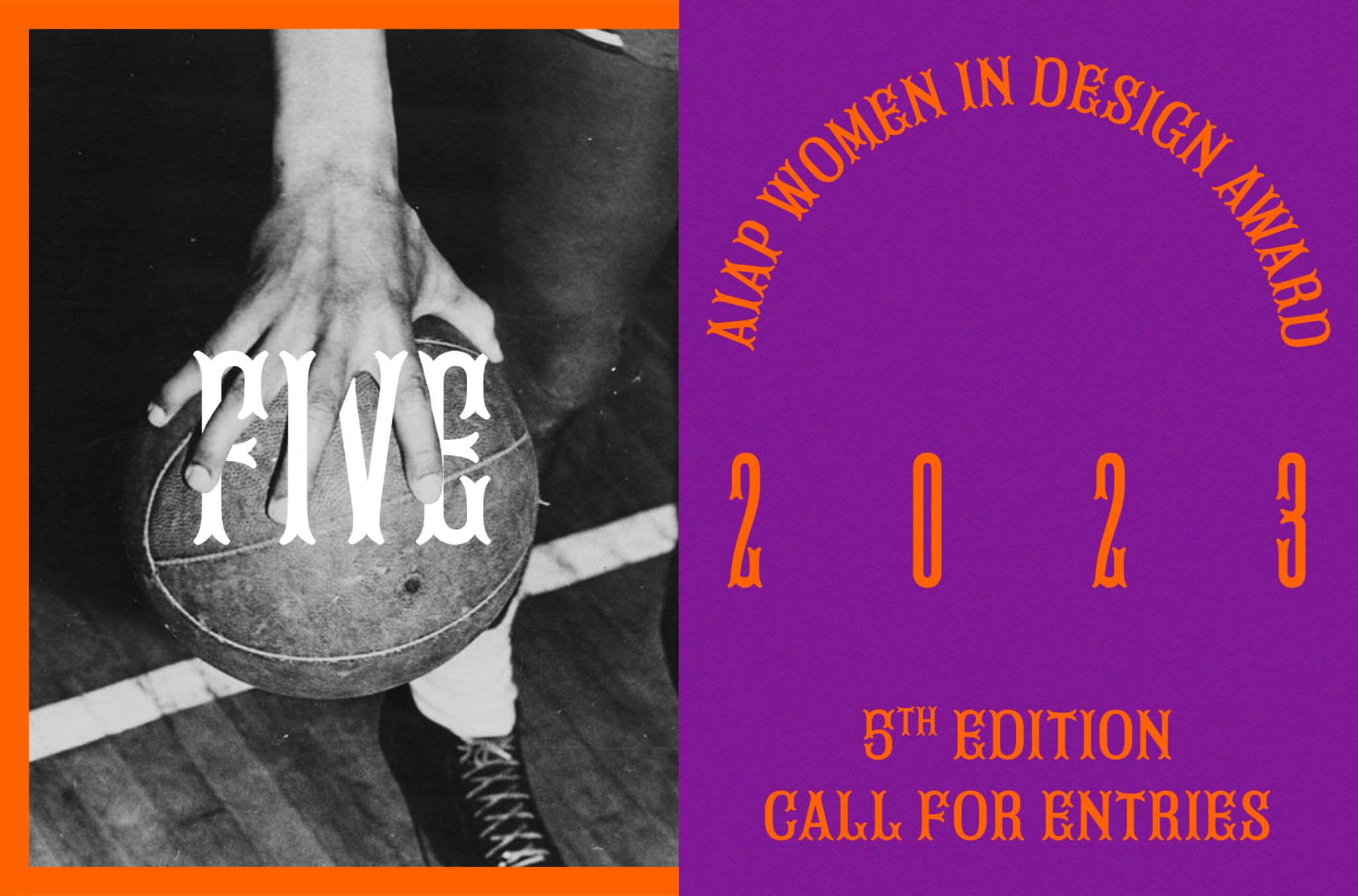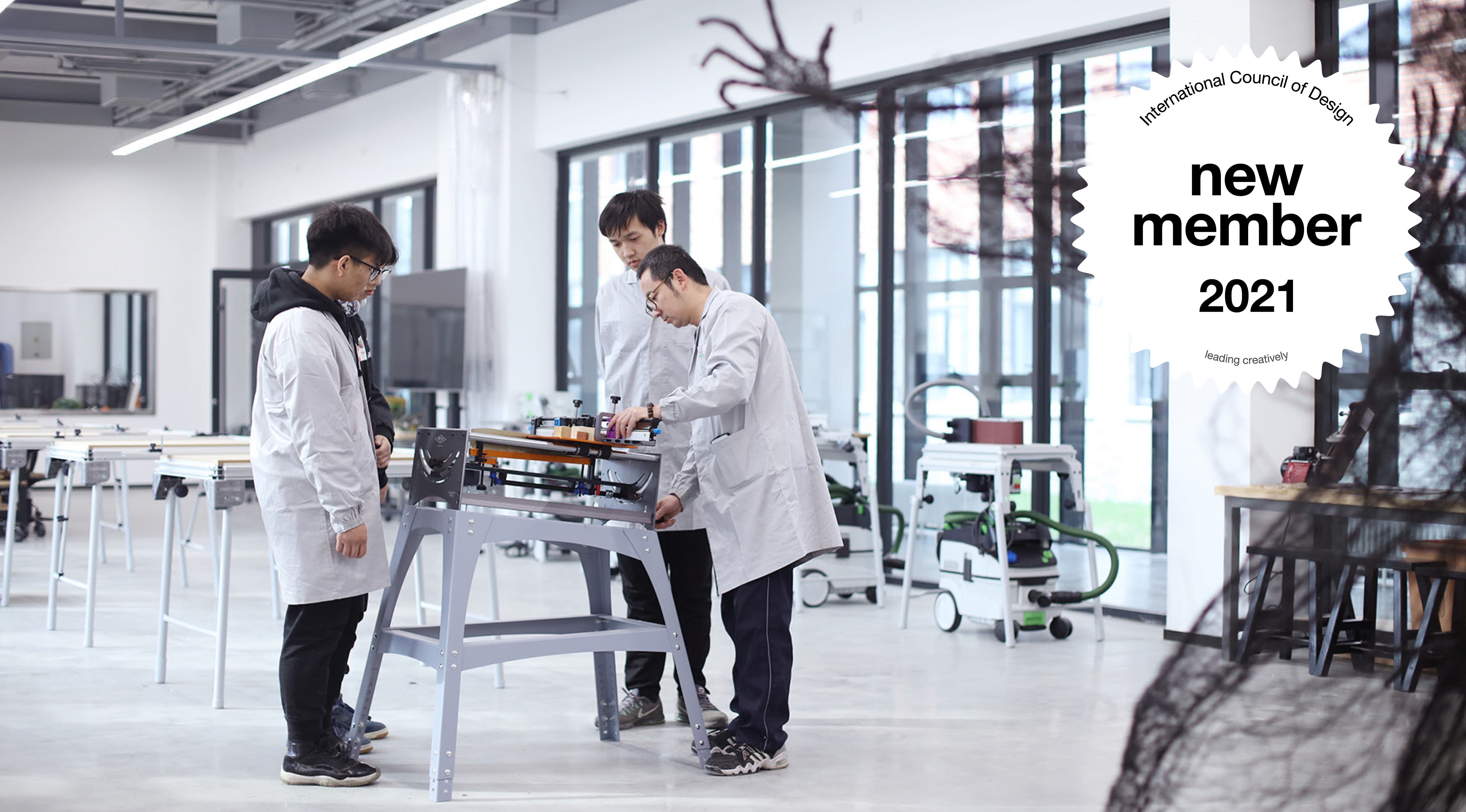GDC partners with Re-nourish to launch sustainable auditing project

15.11.2010 News
San Francisco (United States) - Re-nourish, together with partner organisations including the (GDC), has launched the Sustainable Design Auditing Project (SDAP), a public process to develop open-source metrics for measuring the environmental, social and economic impacts of the graphic design supply chain. The multi-stakeholder process is intended to provide the design supply chain with a more accurate, transparent way to manage sustainable decision-making across projects, companies, and the entire field.
Re-nourish contends that designers, along with their suppliers and clients, must be able to measure the on-the-ground impacts of their work on individuals, communities, biological environments and economies. "Without real numbers to back up sustainable design theories," says Re-nourish Partner and Outreach Lead Eric Benson, "our best efforts end up nothing more than a best guess. SDAP will finally bring designers and their suppliers to the same table in the interest of transparency."
While Re-nourish is facilitating the process, SDAP will be led by a multi-stakeholder steering committee that will include the private sector (equipment and paper suppliers, for example), working designers (including freelancers, design firms and in-house designers), academia, and environmental nonprofits and NGOs.
The steering committee will oversee a general assembly that will be open to the public, allowing for ample public review and commenting opportunities. A full website is in development to house details about participants and general progress, but anyone interested in participating can sign up by visiting www.re-nourish.com.
While specific metrics remain to be determined through the SDAP process, general impact areas to be addressed include environmental impacts (i.e. energy, water, GHG emissions, toxicity levels), social impacts (i.e. labor and employment, health and safety, community development), and economic impacts (i.e. productivity, profitability, local investment).
At a time when the design field is undergoing intense self-scrutiny and business in general is grappling with how best to integrate sustainability from an operational standpoint, SDAP is uniquely poised to ground the conversation and help companies – including individual designers – make better decisions.
For more information, please contact:
Society of Graphic Designers of Canada
Arts Court 2 Daly Avenue
Ottawa Ontario K1N 6E2
Canada
T: +1 877 496 4453 / +1 613 567 5400
F: 613 564 4428
E: info@gdc.net
www.re-nourish.com
www.gdc.net
The need for transparency in a changing industry
Currently grappling with a long-term dependence on designing commodity materials, the design industry is facing a dramatic shift. With climate change and conventional resource extraction now recognised globally as a legitimate threat to human development, designers are rethinking their approach to designing for production, consumption and disposal. While many designers are advocating for the design of experiences and systems rather than material goods, the industry is nevertheless defined by current production realities.Re-nourish contends that designers, along with their suppliers and clients, must be able to measure the on-the-ground impacts of their work on individuals, communities, biological environments and economies. "Without real numbers to back up sustainable design theories," says Re-nourish Partner and Outreach Lead Eric Benson, "our best efforts end up nothing more than a best guess. SDAP will finally bring designers and their suppliers to the same table in the interest of transparency."
Metrics vs. standards
The organisation is quick to point out that outcomes-based metrics are not the same as standards. Whereas standards establish one-size-fits-all practices, metrics measure performance in any given context, and can be used to identify and compare outcomes, and inform operational decision-making. Many industries, including food and agriculture, building and construction, and the private sector in general are already developing metrics and measures that serve as the building blocks for honest, accurate discussion of social and environmental impact. SDAP is intended to help designers lead this charge, rather than scramble to play catch-up.A transparent, inclusive process
As certification schemes continue to multiply both within the design field and without, SDAP sets itself apart by focusing on four main tenets to ensure legitimacy and credibility: multi-stakeholder engagement, a public input and review process, full transparency and disclosure, and the consideration of other credible metrics systems.While Re-nourish is facilitating the process, SDAP will be led by a multi-stakeholder steering committee that will include the private sector (equipment and paper suppliers, for example), working designers (including freelancers, design firms and in-house designers), academia, and environmental nonprofits and NGOs.
The steering committee will oversee a general assembly that will be open to the public, allowing for ample public review and commenting opportunities. A full website is in development to house details about participants and general progress, but anyone interested in participating can sign up by visiting www.re-nourish.com.
While specific metrics remain to be determined through the SDAP process, general impact areas to be addressed include environmental impacts (i.e. energy, water, GHG emissions, toxicity levels), social impacts (i.e. labor and employment, health and safety, community development), and economic impacts (i.e. productivity, profitability, local investment).
At a time when the design field is undergoing intense self-scrutiny and business in general is grappling with how best to integrate sustainability from an operational standpoint, SDAP is uniquely poised to ground the conversation and help companies – including individual designers – make better decisions.
For more information, please contact:
Society of Graphic Designers of Canada
Arts Court 2 Daly Avenue
Ottawa Ontario K1N 6E2
Canada
T: +1 877 496 4453 / +1 613 567 5400
F: 613 564 4428
E: info@gdc.net
About Re-nourish
Re-nourish is a not-for-profit project that helps graphic designers and their supply chain make their work more sustainable. As the industry's first free and independent online toolkit for sustainable graphic design, Re-nourish.com features a waste reduction and footprint calculator for design projects, searchable greener printer and paper directories, how-tos and educational resources, and inspirational case studies.www.re-nourish.com
About the Society of Graphic Designers of Canada
Since 1956, the GDC has been an advocate, voice and resource for Canada's graphic design profession. The member-based organization is a national certified body of graphic designers promoting high standards of visual design and ethical business practices for the benefit of Canadian industry, commerce, public service and education.www.gdc.net

related
articles

04.05.2021 News
in memoriam: essam abu awad (1958-2021)

10.16.2020 News
in memoriam: yu bingnan (1933–2020)

10.02.2020 News

